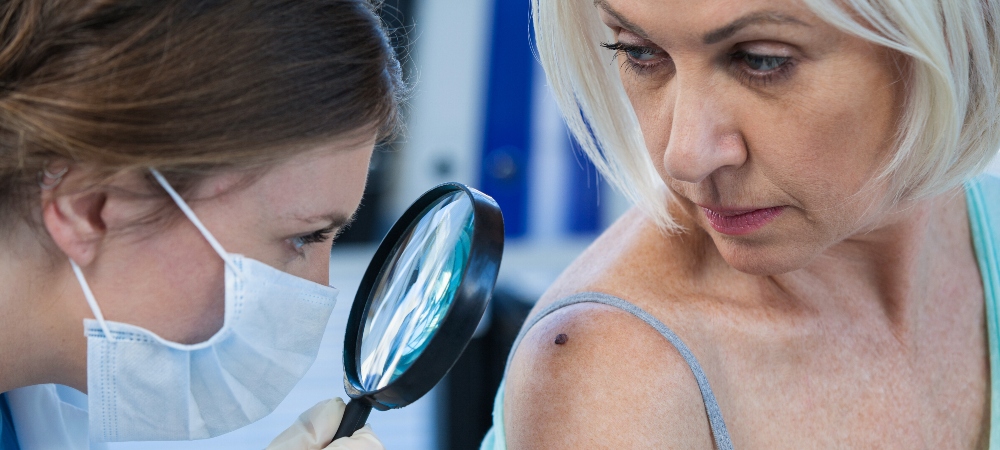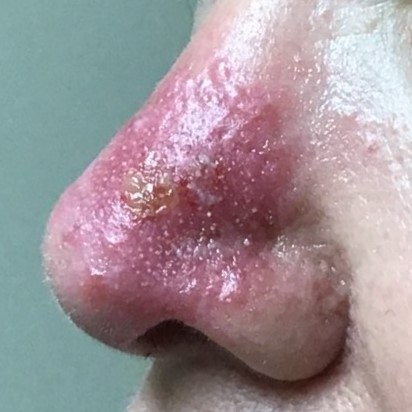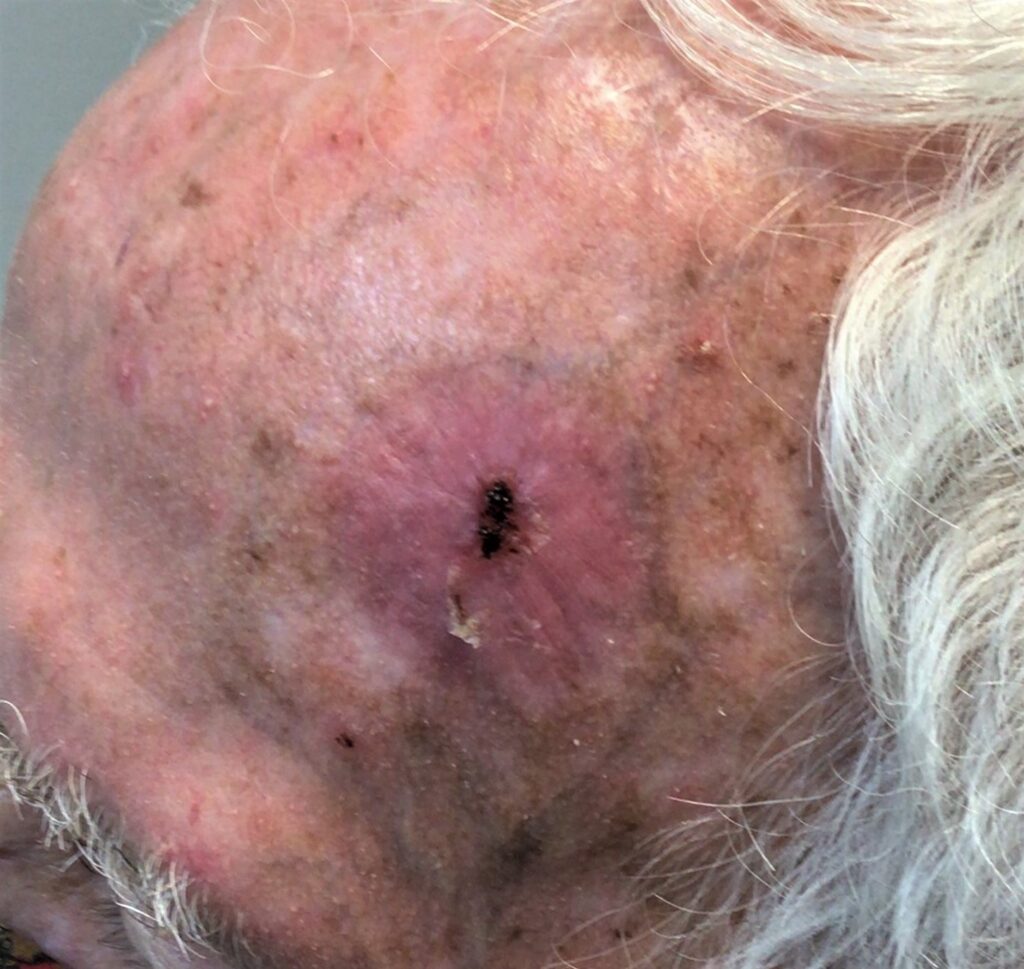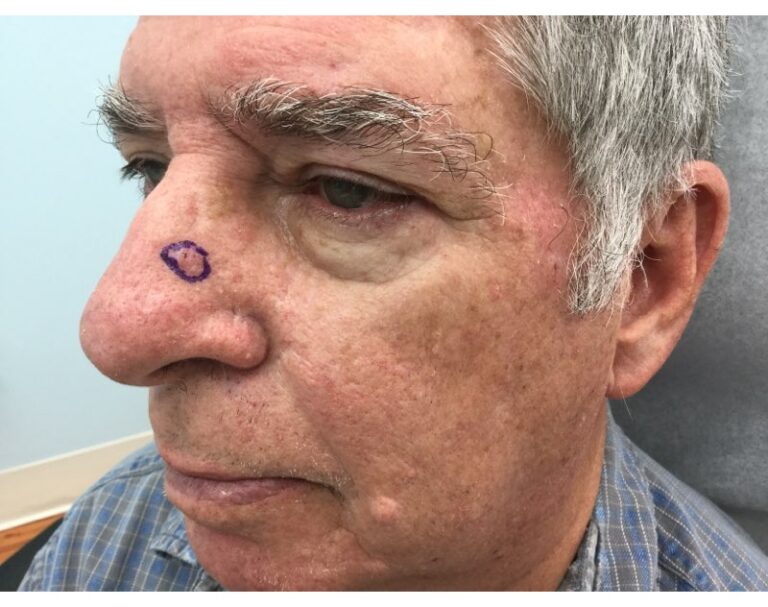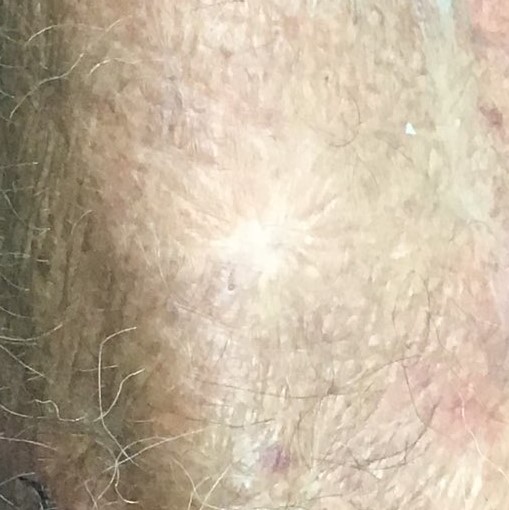
Skin carcinomas, or skin cancers, are cancers that start in the skin cells. There are many types of skin cancer. Many people have heard of melanoma. It is named after the type of skin cell, a melanocyte, where the cancer starts. Melanoma is the most serious type of skin cancer but also one of the less common types.
The more common types of skin cancer are basal cell skin cancer and squamous cell skin cancer. They are also named after the types of skin cells that turn cancerous. These two types of skin cancer may also be called “non-melanoma skin cancer.”
What Causes Basal and Squamous Cell Skin Cancers?
Basal and squamous cell skin cancers are usually caused by too much sun exposure. They can also be brought on by the use of tanning beds or sun lamps. This is why people are so often told to protect their skin when out in the sun and to avoid tanning beds and sun lamps altogether.
How Are Basal and Squamous Cell Skin Cancers Diagnosed?
Basal and squamous cell skin cancers can be easy to spot if you know what to look for and check your skin often. They can be a growth on the skin that changes in shape, size, or color. The cancer may also be a sore that never fully heals, or a mole that starts to look different. These types of cancers are often found on the nose, head, neck, shoulders, back, breast, and chest — the areas that, for many people, see the most sun.
When you or your dermatologist find an area that may be skin cancer, a piece of the skin will be removed. The cells in that piece of skin will be looked at under a microscope. This is called a biopsy. If cancer cells are found, the dermatologist will talk with you about treatment options.
Am I at Risk for Basal or Squamous Cell Skin Cancers?
According to the Skin Cancer Foundation, 90%, or 9 of 10, of basal and squamous cell skin cancers are caused by ultraviolet (UV) rays. UV rays from the sun are strongest during the middle of the day. Man-made UV rays, like those from tanning beds or sun lamps, are just as dangerous. You may be at higher risk for basal or squamous cell skin cancer if you:
- Have fairer skin that burns easily
- Are male
- Are over the age of 40
- Have a family history of basal or squamous cell skin cancer
- Have had basal or squamous cell skin cancer before
How Are Basal and Squamous Cell Skin Cancers Treated?
Being told that you have skin cancer can be alarming, but basal and squamous cell skin cancers are very curable. There are many treatment options for these common skin cancers:
- Surgery: This is one of the more common treatments. The doctor will numb the skin of the affected area, then cut out the cancer. It may take many surgeries to remove all the cancer.
- Topical therapy: One of many types of medicines are rubbed right on the skin where the cancer is to kill the skin cancer cells.
- Radiotherapy: This surgery-free treatment uses X-ray energy, like what dentists use to X-ray teeth, to kill the cancer cells.
Ask About Image-Guided Superficial Radiotherapy
For many people with basal or squamous cell skin cancers, surgery is the first treatment option they’re offered. It’s not always the best option, though. Surgery leaves a scar, may need the person to stop taking medicines like blood thinners before surgery, and may have a long recovery process.
If you are looking for a way to cure your skin cancer without surgery, ask your dermatologist about Image-Guided Superficial Radiotherapy (IG-SRT). IG-SRT measures the skin cancer with ultrasound images and then uses a precise dose of X-ray energy to kill the cancer cells. To learn more about how IG-SRT works, what to expect from the treatment, and how to find an office that offers it, please call 855-936-4411 to speak with a Skin Cancer Information Specialist.
